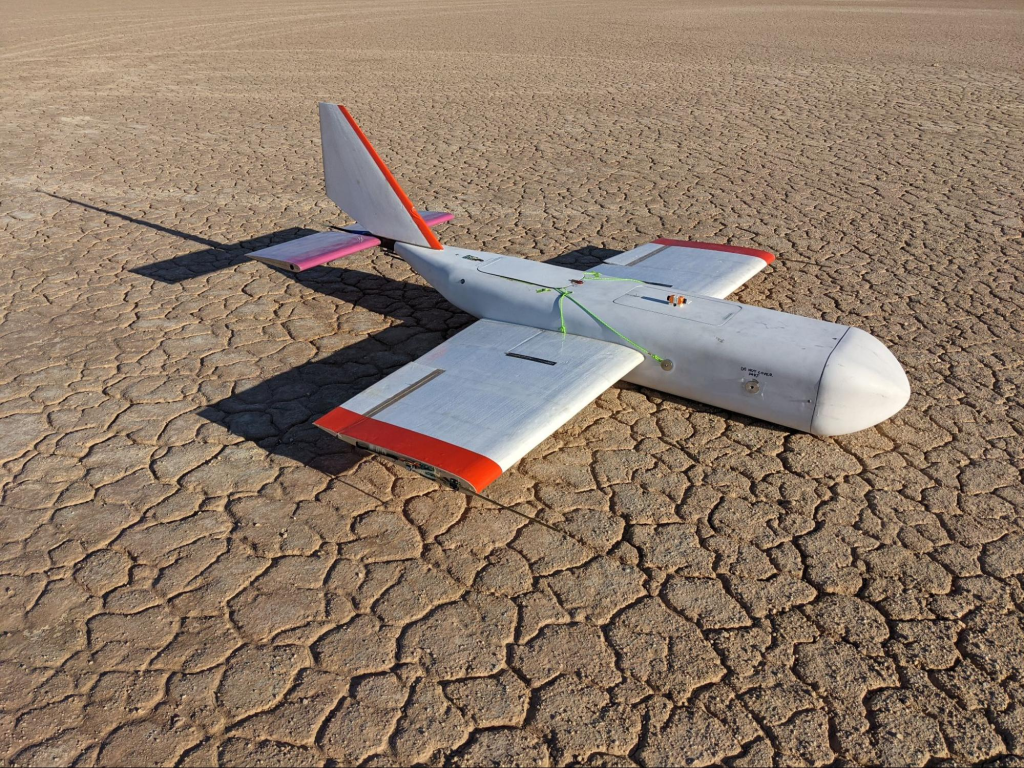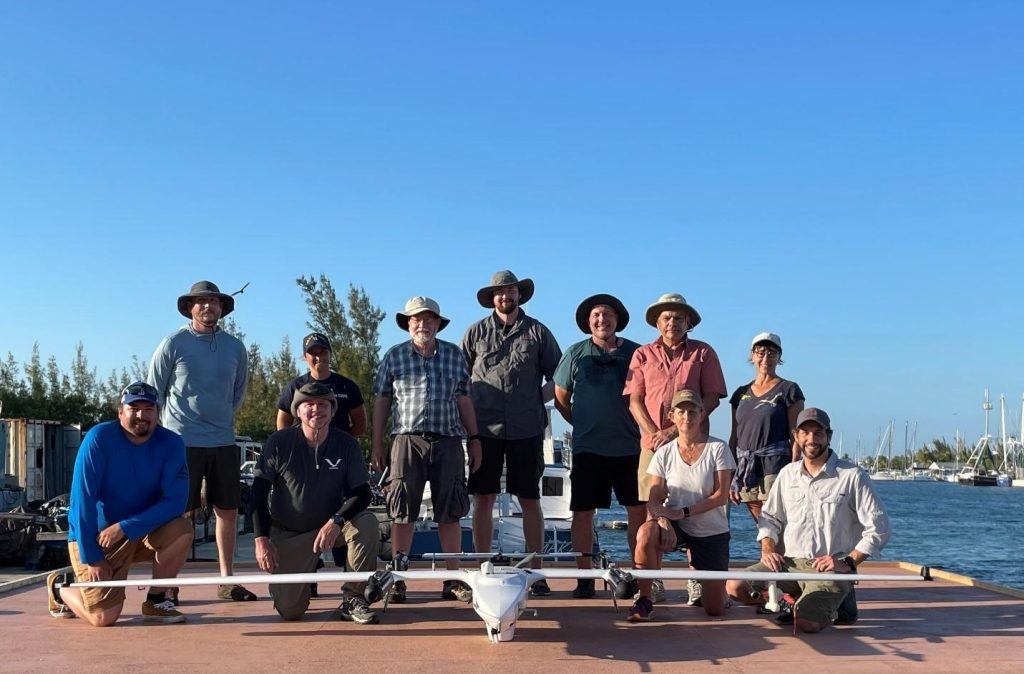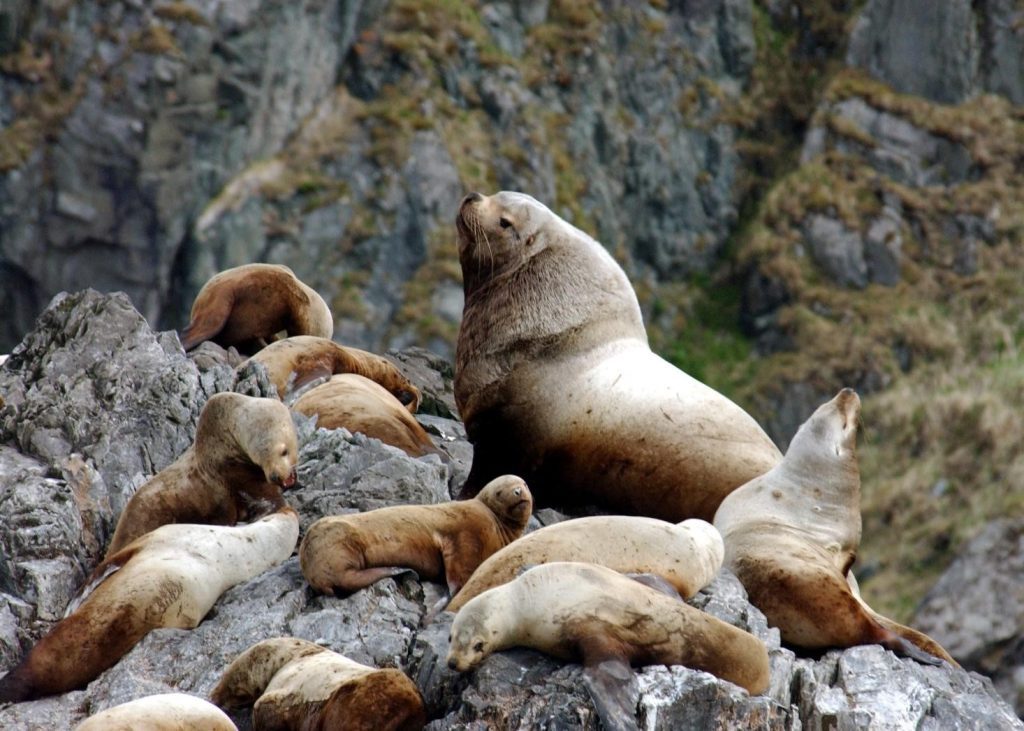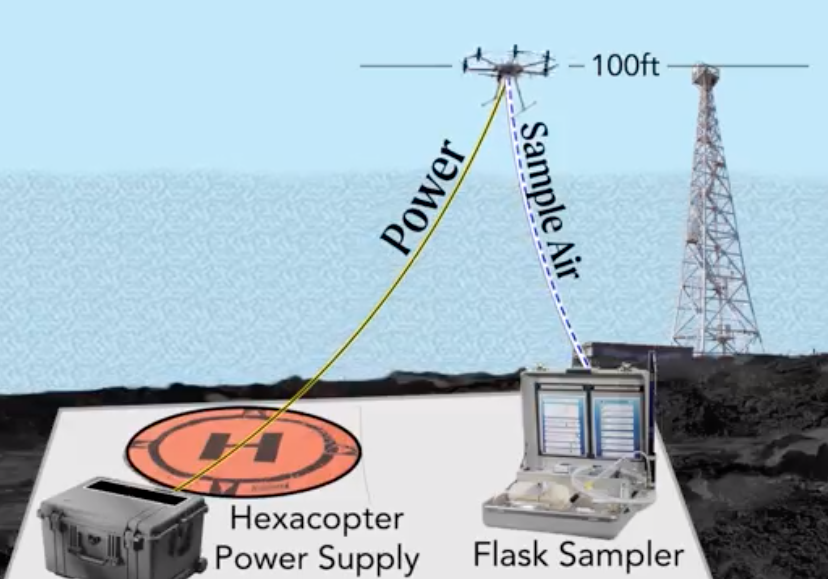HORUS is Approved to Fly in the National Airspace in Northeastern Colorado
Uncrewed aerial systems (UAS) have long been heralded for their unique potential to sample the upper atmosphere at much lower costs and in environments unreachable by most aircraft. However, under normal flight rules, NOAA UAS can only fly up to 1,200 feet above ground level in the national airspace.
NOAA Global Monitoring Laboratory has recently obtained approval from the Federal Aviation Administration (FAA) to fly the High-altitude Operational Returning Unmanned System (HORUS) up to 90,000 ft above mean sea level (MSL) in the national airspace in northeastern Colorado.
HORUS is Approved to Fly in the National Airspace in Northeastern Colorado Read More »





